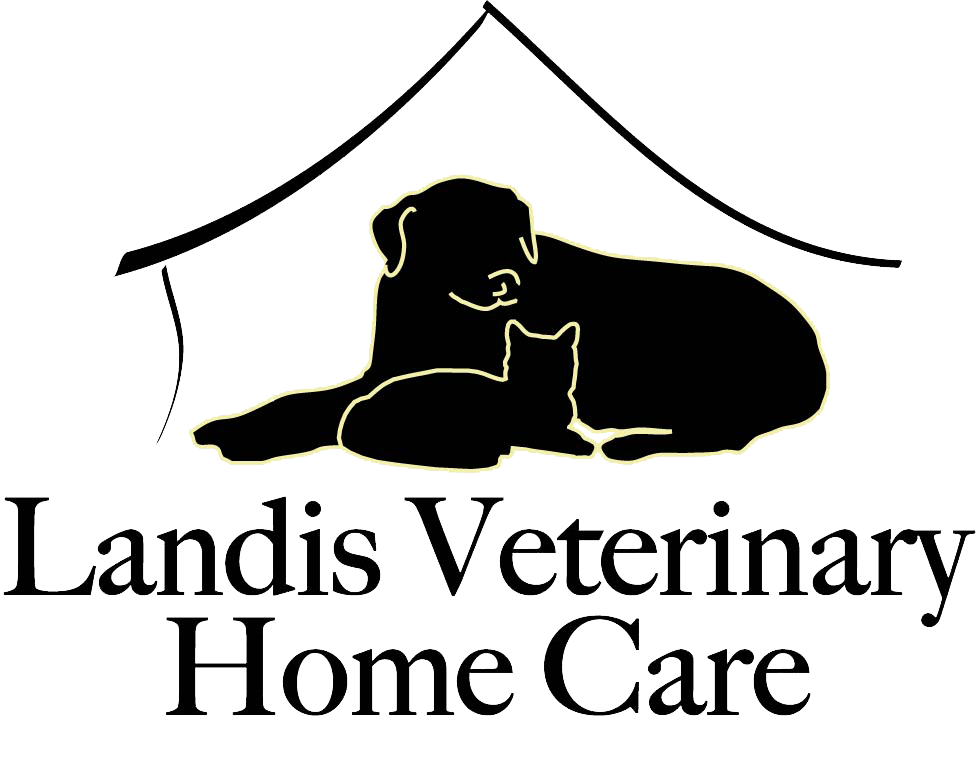With all of the adjustment to what is becoming our new normal of working from home, social distancing,and limiting both our and our pet's access to other people what have you done to make sure that the home routine stays as similar as possible for your pets? Just like us the prefer a routine and crave differing levels of stimulation during the day. The article below has some tips:
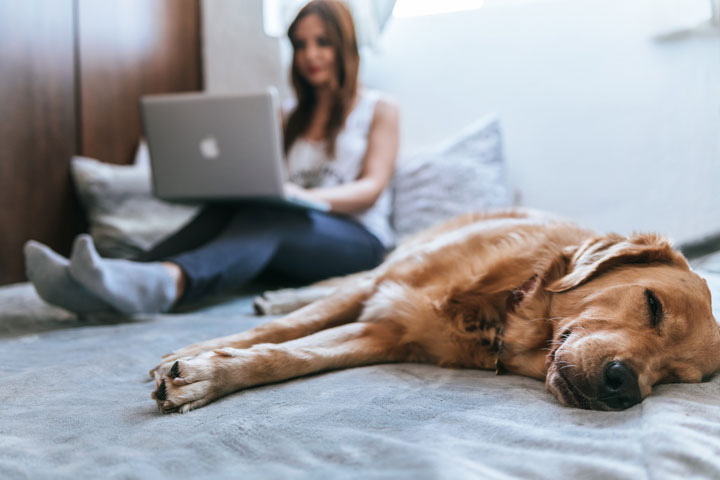
Quaran-Canine: Taking Care Of Your Dog During Quarantine
“In-home ‘pawspice’ care is a wonderful next step,” Dr. Villalobos says.
“It should be introduced as an interval between the thought and the final act of euthanasia,
if the owner really feels that their pet still has a quality of life.”
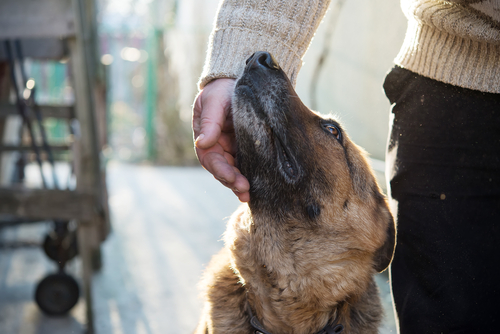
Thoughts? Article here: Hospice Care
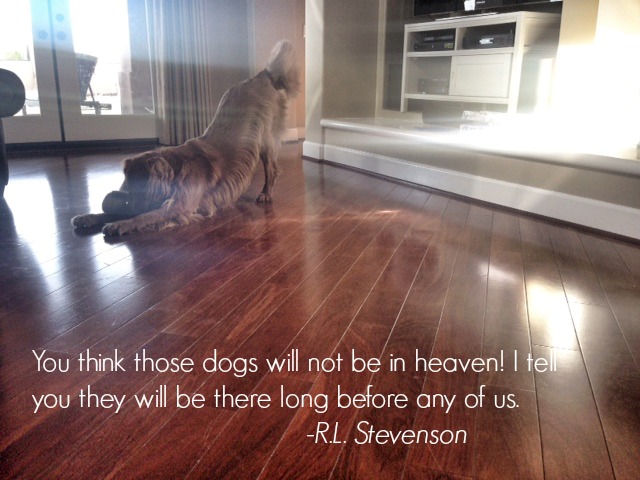
Have you thought about both the loving and sad memories that are a part of your home as well as the pets that are there with you? It's never easy to reach the point of having to let a beloved pet pass and there can be hard memories and emotions to process surrounding their passing. But just like in human hospice, veterinary hospice and end of life care is designed to assist your pets in having the best quality of life possible and preserve the positive memories surrounding their moments in your life.
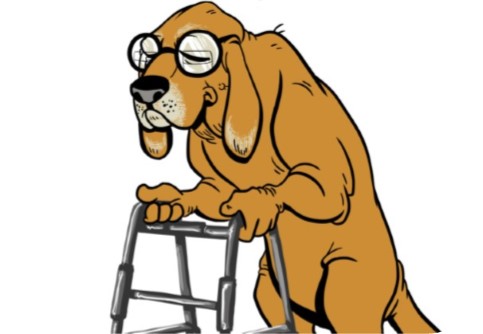
Every pet (and family)'s journey is a personal one and there isn't a set time frame or even set steps for the progression of end of life care. So much of caring for an older pet is based around evaluating their quality of life, looking for more: see this article for some good, basic reference tips.
Including: Pet hospice is not a place, but a personal choice and philosophy based on the principle that death is a part of life and can be dignified. The goal of pet hospice is not to cure your pet’s illness but rather to ensure a peaceful end-of-life experience.
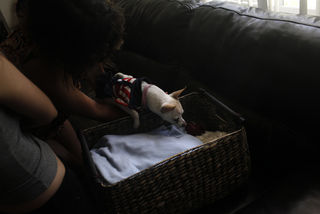
Photo credit: Ross Taylor
It's never easy to make decisions regarding what your pet's quality of life is. There will be good days and bad days throughout the hospice journey. This link is to a quality of life assessment from Ohio State University which may be helpful in visualizing an overall quality of life score,
